Recently some members of the Pardot B2B Marketing Trailblazer Community asked some questions about the Connected Campaigns feature called Campaign Member Sync, and I decided the topic was deep enough to deserve its own post.
I have written a lot about Pardot Connected Campaigns recently – everything from how much you’ll love Pardot Connected Campaigns, to how to start turning it on, and how to get Connected Campaigns reporting into Salesforce for everyone to see it.
It’s important to note that the Campaign Member Sync feature has some possible benefits to Salesforce Campaign reporting as well as some potential downsides for dynamic lists and other automations in Pardot.
In good news – it is an optional feature. If you decide it isn’t for you, you don’t have to turn it on. However: once you turn on Campaign Member Sync you cannot turn it off. So read on to learn about it, and be prepared to make a decision.
What is Connected Campaigns Member Sync, and what does it do?
Essentially this feature will auto-create campaign members in Salesforce campaigns for you, and give them the campaign member status of ‘connected’ as it does so. But it will only make campaign members for the campaign which is the prospect’s first touchpoint (the campaign that brought the person into your database).
Auto-creating campaign members has some pros and cons – we’ll discuss them so you can make a decision on if you want to turn this on or not.
What are the benefits of Campaign Member Sync?
Essentially Campaign Member Sync lets you run reports based on the campaign member status of ‘connected’ and report on the first touch campaign = the campaign which brought the prospect into your database.
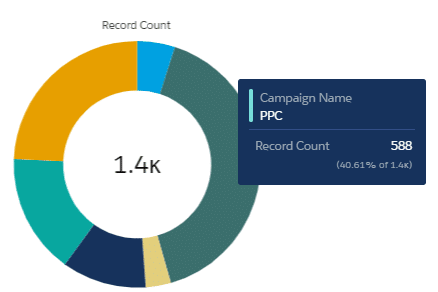
How Pardot and Campaign Member Sync get us to this kind of reporting requires a bit of background.
In a previous blog post, I covered common questions regarding Pardot Campaigns such as regular Pardot Campaigns versus Salesforce Campaigns, and described how even though they both have the word ‘campaign’ in them, these two platforms use Campaigns in very different was.
- a Pardot Campaign traditionally tracks only the first tracked thing that brought a prospect to your Pardot database. This is sometimes called the Source Campaign.
- a Salesforce Campaign tracks all the marketing touches that lead to a closed/won Opportunity.
With Connected Campaigns turned on, now when you create a Pardot Asset and are asked to select a Campaign, the Campaign you select is a Salesforce Campaign.
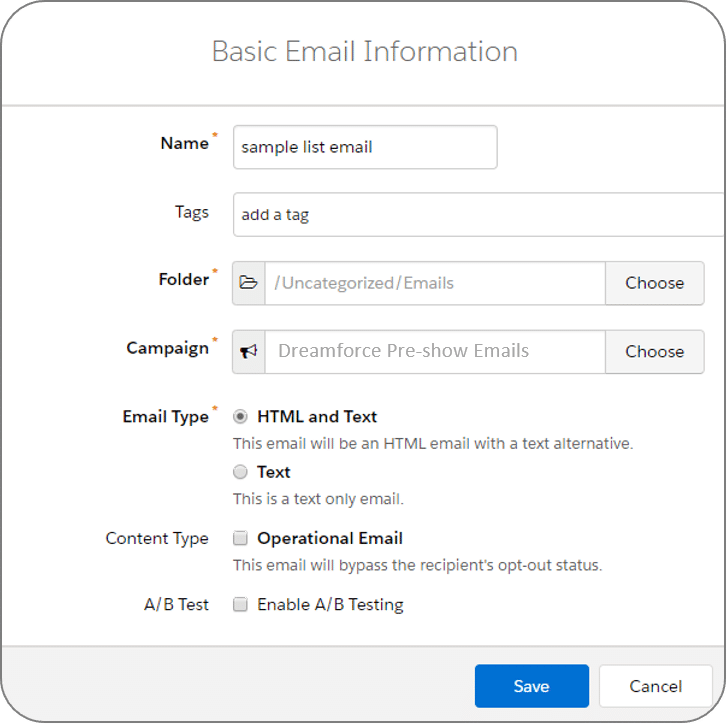
Directly choosing the Salesforce Campaign is the magic which lets Pardot insert data into all the great reporting items on the Campaign page in Salesforce.
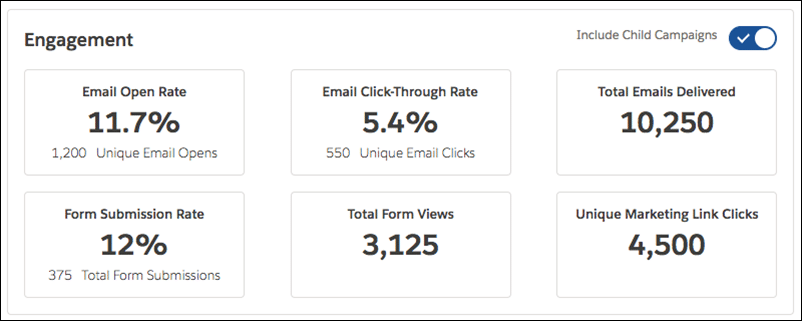
Although you are now selecting Salesforce Campaigns when you create Pardot assets, this does not mean Pardot has dropped the concept of Source Campaign or first touch.
Where does Source Campaign fit into this?
Behind the scenes, Pardot is still tracking the Source Campaign. It’s still present on all Prospect records.

And when creating a brand new Prospect in Pardot you still need to select a Campaign for them. This is true of both creating an individual Prospect one at a time, and also when doing an import.

What does Pardot do with Source Campaign once Campaign Member Sync is turned on?
When you turn on the setting for Campaign Member Sync, every prospect in Pardot will be added to the Salesforce Campaign tied to their Source Campaign.
This means that the Lead or Contact will automatically become a Campaign Member of that campaign, and they will now have a Campaign Member Status of ‘Connected.’

This Campaign Member Status makes it possible to run reports in Salesforce.

Tip: Don’t worry if you didn’t make a custom Campaign status for Connected. When you use Campaign Member Sync, Pardot will automatically create that status in your Salesforce Campaigns for you.
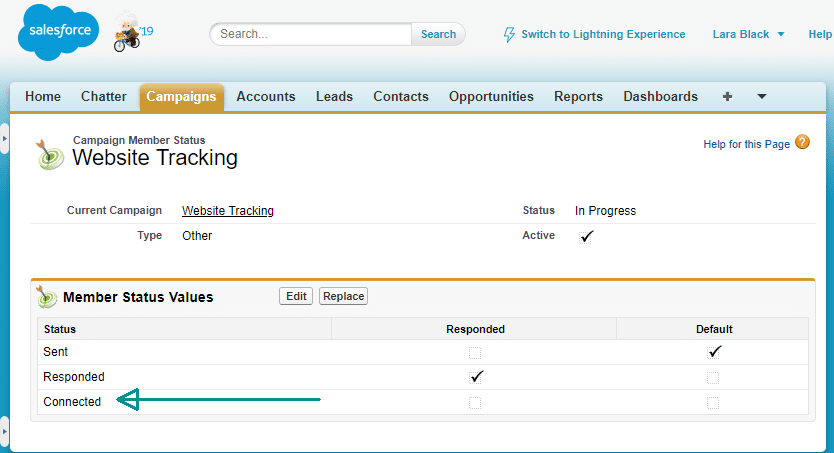
So if that’s what happens with Leads or Contacts… What happens with Pardot-only prospects? They’re not in Salesforce yet, so Salesforce can’t report on them.
The Source Campaign will come back later. Pardot basically ‘remembers’ that the prospect has been added to a Salesforce Campaign, and when the prospect later becomes a Lead or Contact, Pardot will push them into the appropriate Salesforce Campaign.
What are the potential downsides of Campaign Member Sync?
The downside is seemingly small.
Have you ever run a Pardot Dynamic List based on prospects being a member of a certain Salesforce Campaign?
Many companies, for example, put Leads and Contacts into a Salesforce Campaign, and give them a campaign member status of ‘sent’ or create a custom status such as ‘identified.’ This campaign then serves as the jumping off point for an email campaign.
In order to send a Pardot email to the members of that Salesforce Campaign, you make a list based on the criteria:
Prospect CRM Campaign [ is ] [ Campaign Name ]

This dynamic list will now include all Campaign members you expect, as well as all Campaign members with a status of Connected.
This may balloon the size of your dynamic list beyond what you expect.
For example: Let’s say you wish to send an email to everyone you met at a trade show event last year.
If you received a list of trade show attendees last year, and imported a CSV file into Pardot – did you select the trade show campaign when performing the import?
If so, all those brand new prospects you added to Pardot were given the Source Campaign equal to the trade show. With Campaign Member Sync, they will all get the campaign member status of Connected.
When you make a Dynamic List based on the prospect CRM Campaign is the trade show campaign, the list may be much larger than you expected.
In order to drill in to only the prospects you identified as candidates for an email, you may need to start using a different line of criteria to select only the status you want, and exclude the Connected status:
Prospect CRM Campaign status [ Campaign Name ] [ is ] [ status ]

While this could get a bit tedious to set up, it is a relatively minor downside.
Still, if you frequently make Dynamic Lists based on Campaign Members in Salesforce, weigh the pros and cons of turning on this feature.
Where is Campaign Member Sync, and how to turn it on?
So you decided to turn on Campaign Member Sync.
Once you have turned on Connected Campaigns and have completed Campaign alignment, you went into your Pardot settings and enabled the setting to let Salesforce Manage all Campaigns.

When you are ready to have Salesforce manage all your Campaigns, it is time for you to decide if you want to use Campaign Member Sync.
Notice that just above the setting for Salesforce managing all Campaigns is the option for turning on Campaign Member Sync.
It says:
Enable Campaign Member Sync.
Sync Prospects to Salesforce when they’re associated with connected campaigns.
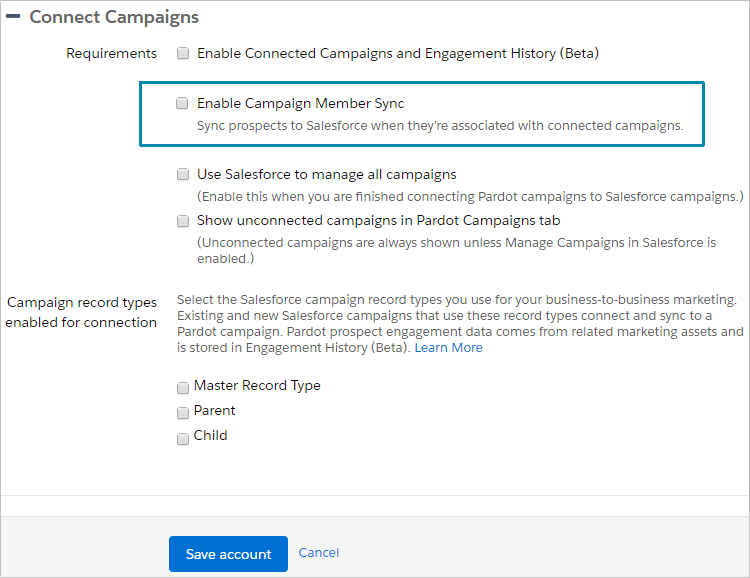
Remember, if you turn it on, it results in a big change. And it cannot be turned off, so be sure you want to proceed.
Not sure if you are ready to embrace Connected Campaigns and Campaign Member Sync?
Our experienced Pardot Consultants are ready to help you decide if Campaign Member Sync is for you, and help set up everything you need. Contact us today and let us bring our expertise to you.
Want to read all of the blog posts in this series about setting up Pardot Connected Campaigns? Start here:
- Pardot Connected Campaigns: Why You Should Turn It On Today
- Pardot Connected Campaigns: First Steps to Setting It Up and Turning It On
- Pardot Connected Campaigns: Next Steps and Pardot Campaign Alignment
- Pardot Connected Campaigns: Final Steps and Adding to Salesforce
- Pardot Connected Campaigns: Campaign Alignment Gotchas
- Pardot Connected Campaigns: Campaign Member Sync (this article)


